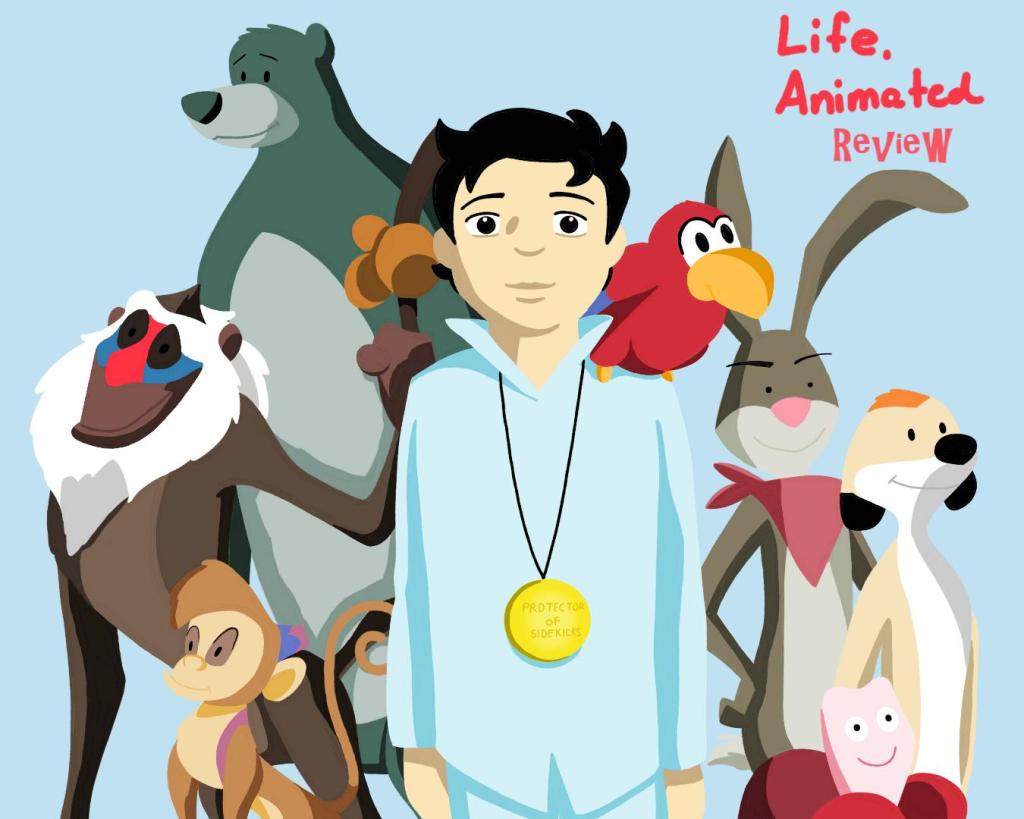
Happy Earth Day, everyone! 🌎
But today is the third and final post for this year’s Autism Acceptance Month; however, there’s no need to shed our tears now. Just because it’s the last reading post for Autism Acceptance Month, doesn’t mean it’s the end of my time sharing any more of Autism Acceptance Month reading topics. It’s just a way to conclude to celebration of the world-wide community of autism this year, until we can celebrate it again in next April. The celebration for autism will never end, and it will always be important part of our lives, whether you have autism, a parent of an autistic child, have an autistic student in schools, or friends with an autistic person, and it’s important to keep the education experience to teach people on what autism is and how we can do to help them to achieve their successes in their lives.
This is very exciting, because today I will be reviewing an autism-related film documentary. I have always wanted to do a review of it as a topic, and so, I finally have an opportunity to share it as a nice way to conclude World Autism Acceptance Month for 2024. Last week, I have published my review on the episode from Arthur called ‘When Carl Met George’ as a second post for Autism Acceptance Month, and so, if you have not read it yet, please go ahead and check it out. With that, this will be my review on a beautiful documentary film called Life, Animated (2016).
Another cool thing about it is that you’ll get to read from an autistic animator, cartoonist, and artist, and Disney fan’s perspective, since the film tells a story of an autistic young man and his love for Disney animated movies, and I hope you’ll find this story very special and inspiring.
But before I begin sharing my thoughts on the film, I would like to give out a shout out to a follower named Caleb, who asked me to do a fan art drawing of Velvet the Panther, based on a Ty Beanie Baby, but drawn in a Disney-style and in a design inspired by the character of Bagheera the panther from Walt Disney’s classic, The Jungle Book (1967).

This was drawn on Autodesk SketchBook, done in digital drawing at 1310 x 1080. The pose for Velvet was inspired by a scene with Bagheera, in the beginning of The Jungle Book, where he’s on top of the tree, and he overhears baby Mowgli crying, where he finds him in a basket on top of a broken boat, before he decides to take him to have him welcomed by the wolves.
Shout out to Caleb! Thank you so much for being part of one of my followers for this blog! 😊
So, let’s move on to the main event of my thoughts on Life, Animated!
My Thoughts on the film, Life, Animated
Life, Animated tells a bio story of Owen Suskind, who was diagnosed with autism at the age of three, and after his autism diagnoses, he struggles to communicate with his family, his peers, and the world. The one thing that Owen loves is watching Disney animated films, and his family realized that these films could help him learn how to talk, read, and communicate, and it became his most passion.
The documentary is based on Owen’s father and reporter of the Wall Street Journal, Ron Suskind’s book called Life, Animated: A Story of Sidekicks, Heroes, and Autism, published in 2014. It was released by The Orchard and A&E Indies Films on July 1st, 2016, it’s directed by Roger Ross Williams, and the animation scenes were done by Mac Guff. The film won the Sundance Film Festival Award and Special Achievement Annie Award, and it was nominated for Academy Award for Best Documentary, but lost to the documentary film, O.J.: Made in America (2016). Not only does the film explores Owen Suskind’s life, but you would also get to see his wonderful story brought to life in a beautiful animation of his younger self interacting with the famous Disney sidekicks, called The Land of the Lost Sidekicks.
I was twenty-one and a half, when Life, Animated came out in the summer of 2016, and it was almost the beginning of my third year at college. I didn’t saw the documentary, until maybe two years later, but my main discovery of it was watching the interviews on YouTube. I remember watching YouTube clips of exclusive looks on the film, interviews with Owen, his parents Ron and Cornelia, his brother Walt, and the director Roger Ross Williams. I thought it was really surprisingly cool to hear a story of someone who is both autistic and a Disney fan, just like me. Though my story with Disney is slightly different than Owen’s. My first viewing was watching for free on Amazon Prime, and I absolutely loved it. It’s an extraordinary, strong, warm-hearted, uplifting, and inspiring. It’s a coming-of-age story with an addition of Disney magic.
I like Owen, I admired for his love for Disney animation, and how much the films really meant to him growing up, even during his struggles with his autism. Ron and Cornelia Suskind, Owen’s parents, are amazing, and you can see how important it was for them to give their son loving support for his love for Disney. In the documentary, they explained that the Disney animated films became the key to help their son exploring the world, especially when he learned how to read and speak by watching the credits.
For example, when young Owen was not speaking, after his autism diagnosis, he and his family were watching The Little Mermaid (1989). They were watching the “Poor Unfortunate Souls” scene, as Ursula was making a bargain with Ariel, and Ariel has to trade her voice for legs, so she can become human and be with Prince Eric. According to Ron Suskind, he says that Owen kept saying, “Juicervose”. Cornelia thought Owen wanted juice, but after rewinding the scene over again, Ron realizes that Owen was quoting the line from the film: “Just your voice!” The ‘Juicervose’ was translated to “Just your voice.” Another great moment was during Owen’s older brother Walt’s ninth birthday, and after the party, Walt gets emotional. Owen turns to his parents, and speaks out, saying “Walter doesn’t want to grow up like Mowgli or Peter Pan.” And that’s when his parents see Owen’s connection with Disney, and how the movies became a helpful tool for him to learn how to speak.
There are so many unforgettable favorite scenes in the film, so I’ll name you three: I love the animated sequences of Owen’s story, The Land of the Lost Sidekicks. The sidekicks feature Sebastian (The Little Mermaid (1989)), Iago and Abu (Aladdin (1992)), Baloo (The Jungle Book (1967)), Timon and Rafiki (The Lion King (1994)), and Lucky Jack (Home on the Range (2004)), and they have to face off against the evil villain, Fuzzbutch. The animation is so beautiful and stunning, brilliantly done by Mac Griff, it reminds me of story illustrations painted gorgeously in brushstrokes and the colors are dynamic. Of course, the animation scenes also illustrated Owen’s life, such as his autism diagnosis story at the beginning. A second favorite scene is the last day of Owen’s Disney Club before his graduation, and he has invited Jonathan Freeman, the voice of Jafar in Aladdin, to re-act one of Jafar’s iconic scenes, and then, Gilbert Gottfried, Freeman’s co-star as the voice of Iago, comes in and surprises Owen and his friends. And my third favorite scene, which I felt is the heart and soul of Owen’s story, is when he gives his speech at the autism conference in France. I find his speech very inspiring and strong, and it goes to show you that how much Disney meant so much to him.
This film really resonates with me, because I can personally identify with Owen, to speak as an autistic Disney fan, and any autistic Disney fan could also relate to Owen, too. I was Owen’s age, when I was first diagnosed with autism, except I was diagnosed in the late-1990s’, so just years later, after Owen. I was definitely exposed to Disney at a very early age, so I was familiar with Mickey Mouse and friends, but I was discovering more Disney classics by watching the Disney Sing-Along-Songs on VHS. Throughout my childhood, I begin to watch the Disney animated films for the first time from the VHS to DVD, and then, learning how to draw any of my favorite Disney characters. Owen loves to draw Disney characters, too. However, he is more attached to the sidekicks, and then, claims that he feels more like a sidekick, not a hero. In one of his drawings, he wrote the title as the ‘Protector of the Sidekicks’ and adding ‘No Sidekick Gets Left Behind’.
Disney is more than just having entertainment movies and watching the story coming to life on screen, it’s also an educational experience for both kids and adults to learn on discovering things in life and yourself, and then, it becomes a nice comfort zone. Those films educate the audience on the important of understand how to take responsibilities, doing the good deeds, and knowing what your strengths and weaknesses, and overall, how to relate to a character that has a similar personality as yours. I think many autistic people find themselves having a special connection with Disney and even Pixar, because their movies made them feel like they are living in the world, where they can feel very secure, calm, relaxed, and safe, and not being surrounded by the negativity they don’t like to hear nor face. It’s true that we do live in a real world that’s not always Disney-like, and we will have good days and bad days, but in the end, everything will get better.
The theme of the documentary is about overcoming your struggles, move on forward and don’t look back, and look bright for the future, even if times go rough for you, but you don’t give up. You can maybe compare to the stories from other famous heroes with disabilities, like Helen Keller and Temple Grandin, for they learn to overcome their struggles with their disabilities and working hard to achieve their successes. It goes to show that autistic people can lead to triumph.
I love the film, and I highly recommended. It’s available to watch on Tubi, where I watched it twice, in preparing for this review. If you have seen Life, Animated, please share your thoughts in the comment box at the end of this post. I would love to read your thoughts! And which Disney movie, you would say, that resonates with you and why?
When I was a child, Peter Pan (1953) was the film that resonated with me, but as I have gotten older, I became very attached to Sleeping Beauty (1959), and that film resonates with me so much. I still love Peter Pan, and it will always be one of my top favorite Disney movies of all time.
So, that’s all of the three reading topics for this year’s Autism Acceptance Month, and I hope you all enjoyed reading them all. If you haven’t read the first on autism and mental health, or my review on the Arthur episode, you can find them all here at The Autistic Animator’s Desk. If you would like to be a follower on this blog, please feel free to subscribe to this blog, and you can follow me on Instagram and Facebook. And just to let you all know, I will be sharing new couple of Disney watercolor drawings coming up, along with a third watercolor drawing that will be a fan art of a Don Bluth animated film, as new upcoming posts within the next month, so they tuned for that.
To conclude the celebration, Happy Autism Acceptance Day to you all autistics out there! 🥰
Link:
- CBS Sunday Morning (Breaking Through Autism) clip: https://www.youtube.com/watch?v=vfnqz2zag68
- Owen’s Speech (from Life, Animated) clip: https://www.youtube.com/watch?v=Mf0pWnkN_vc
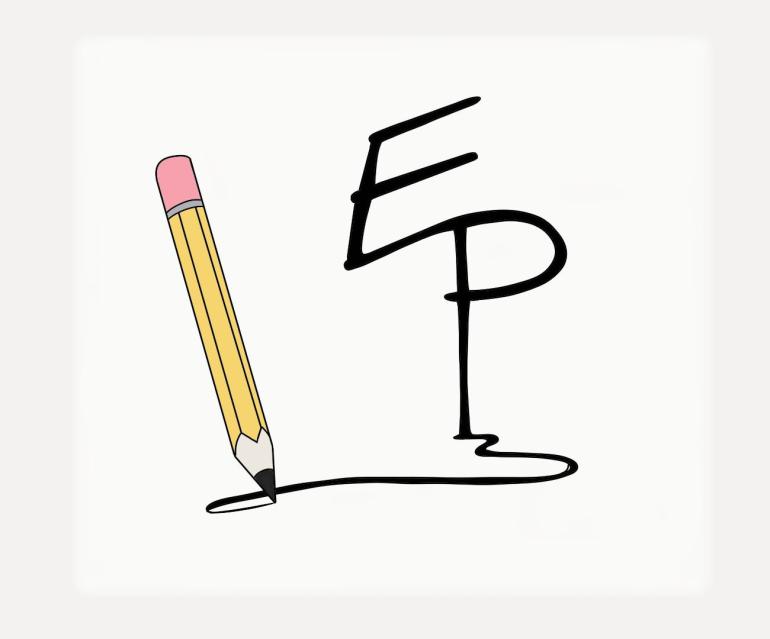

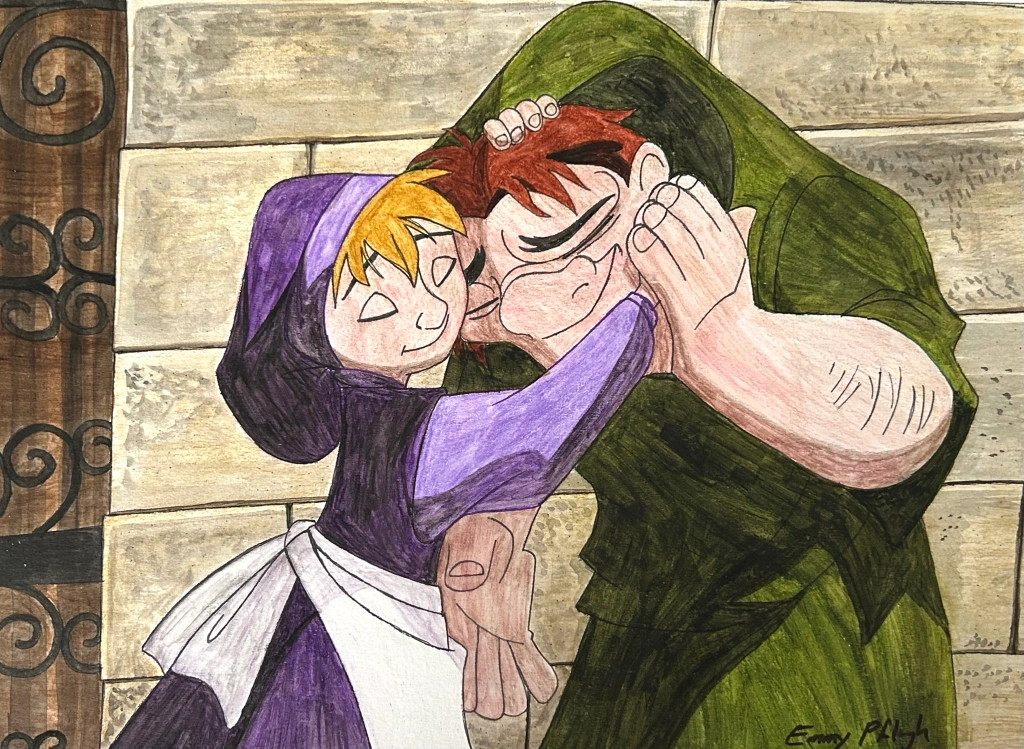
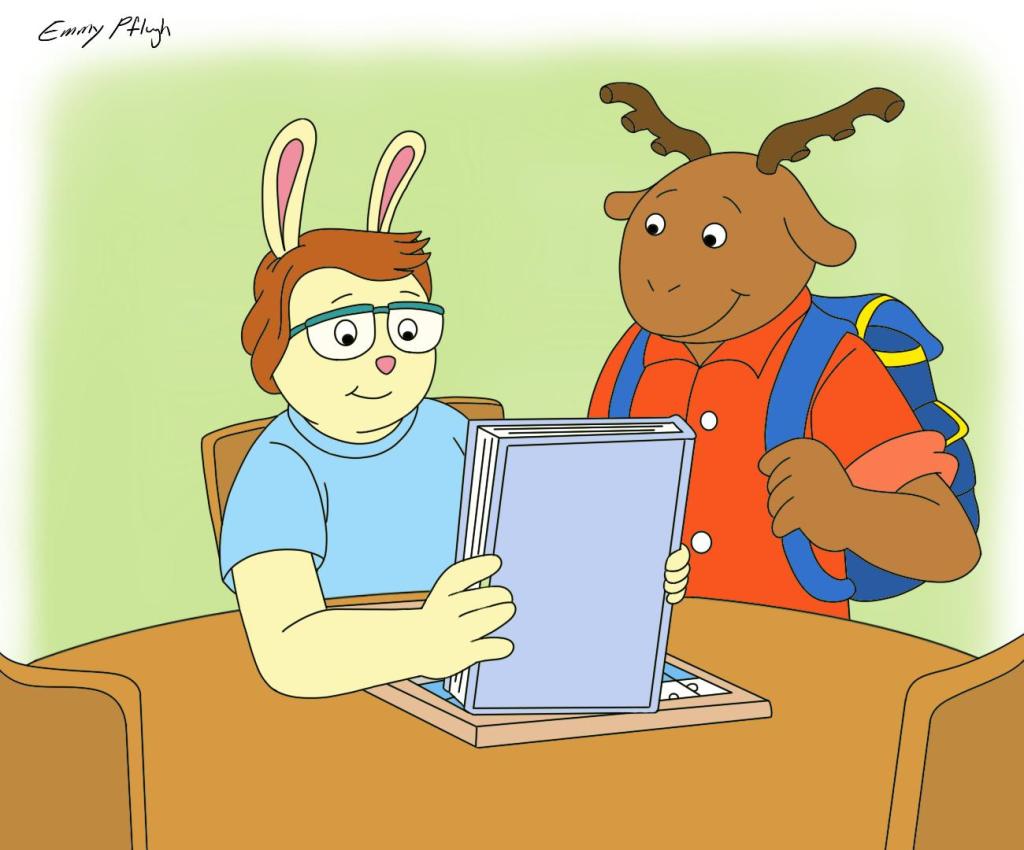
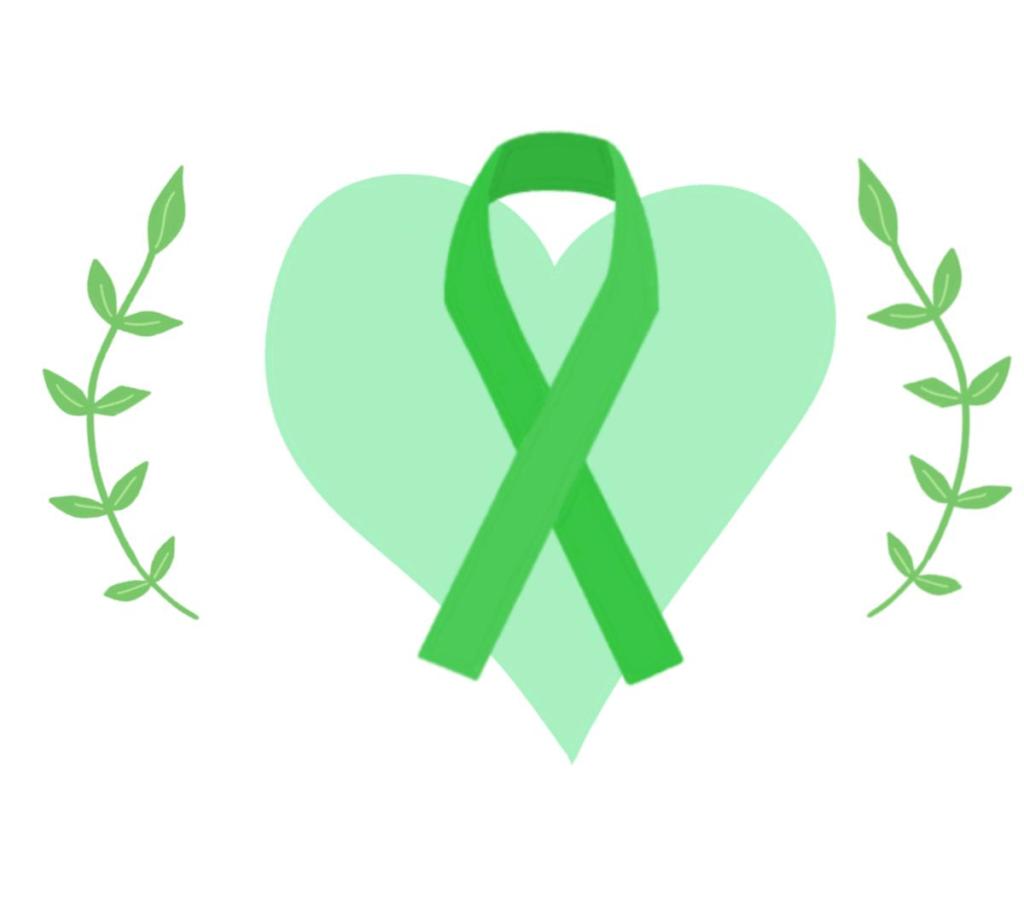
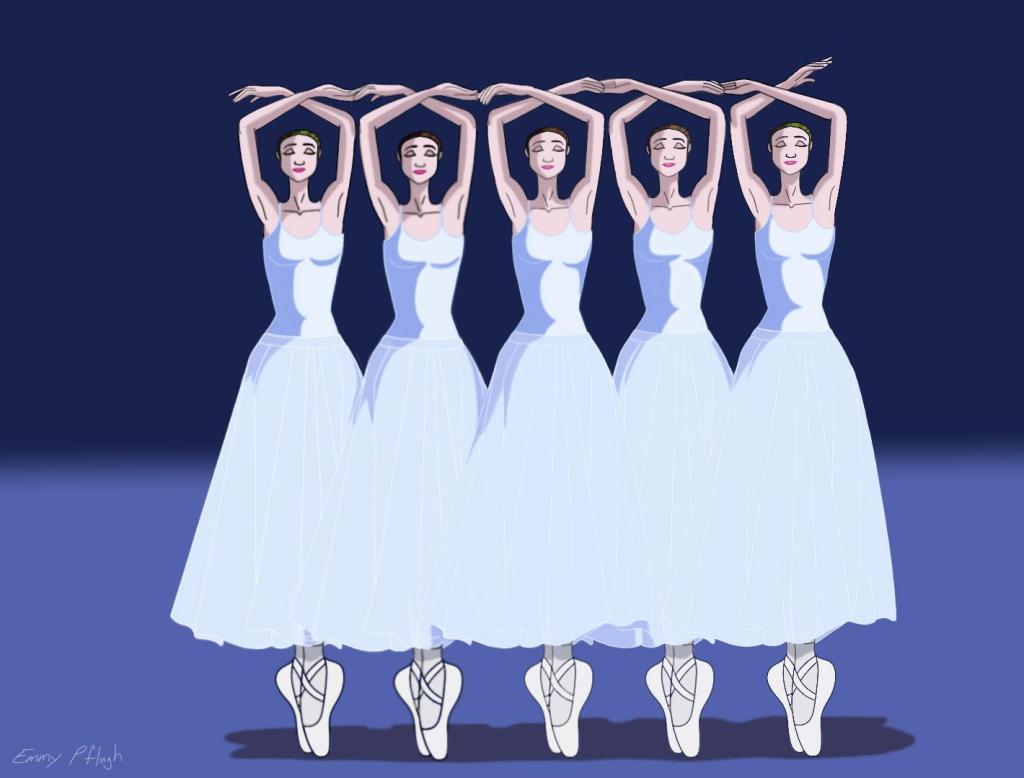
Leave a comment